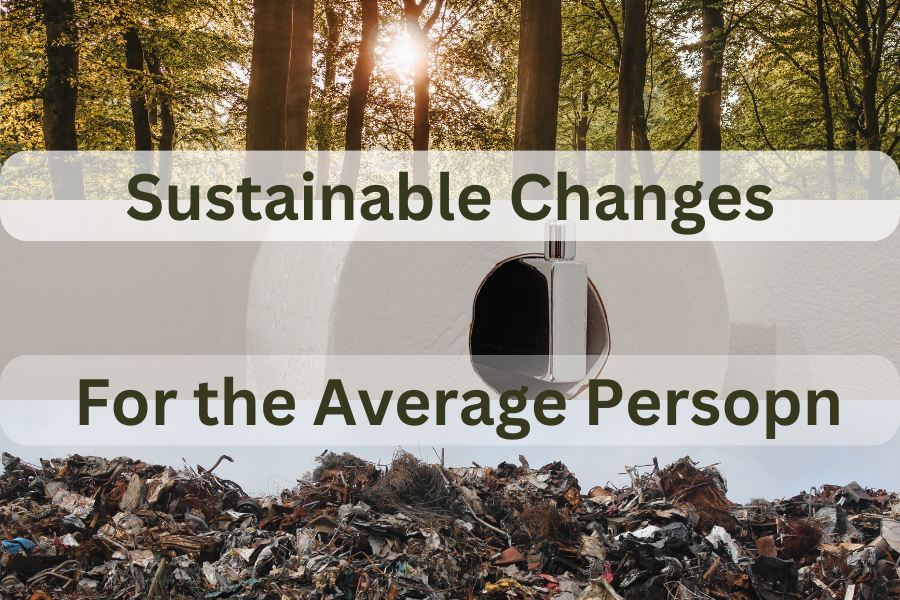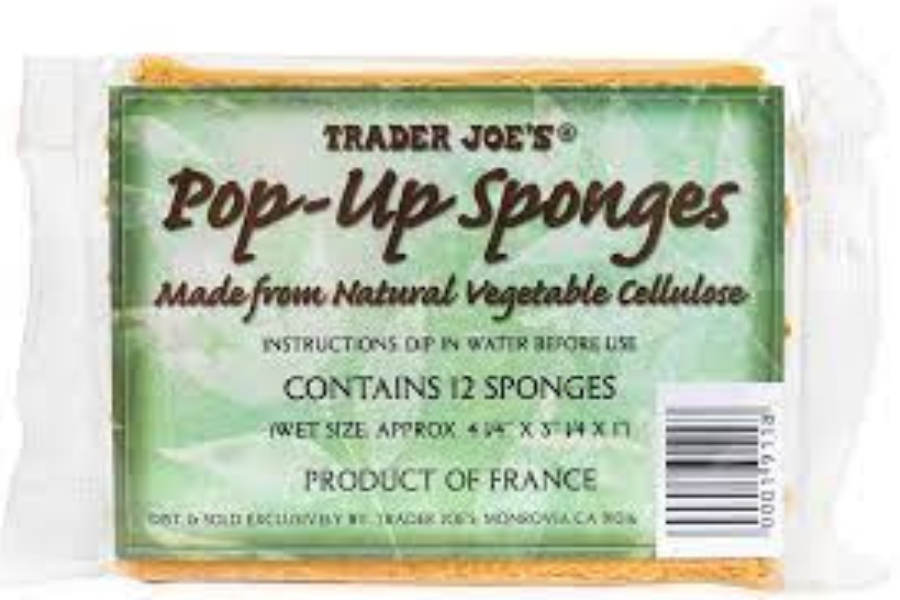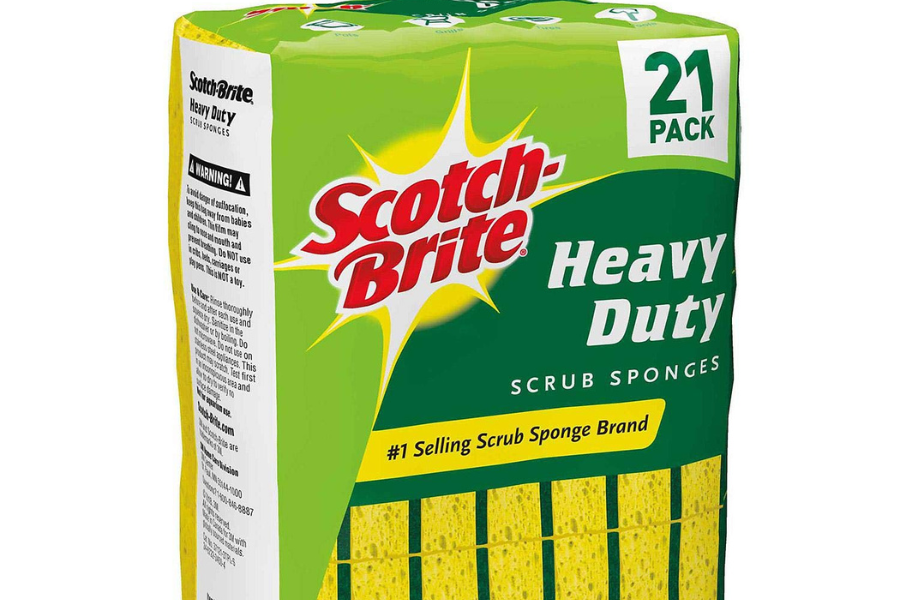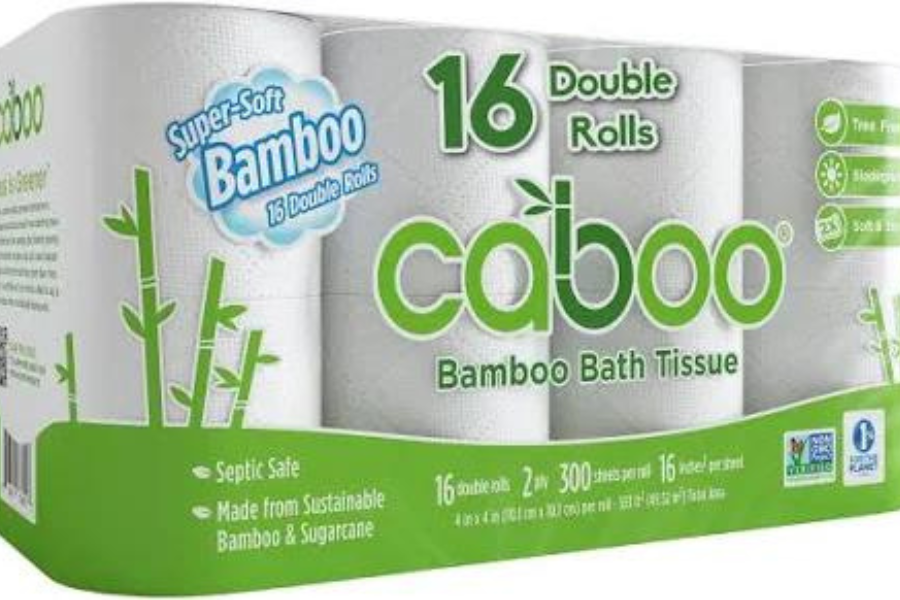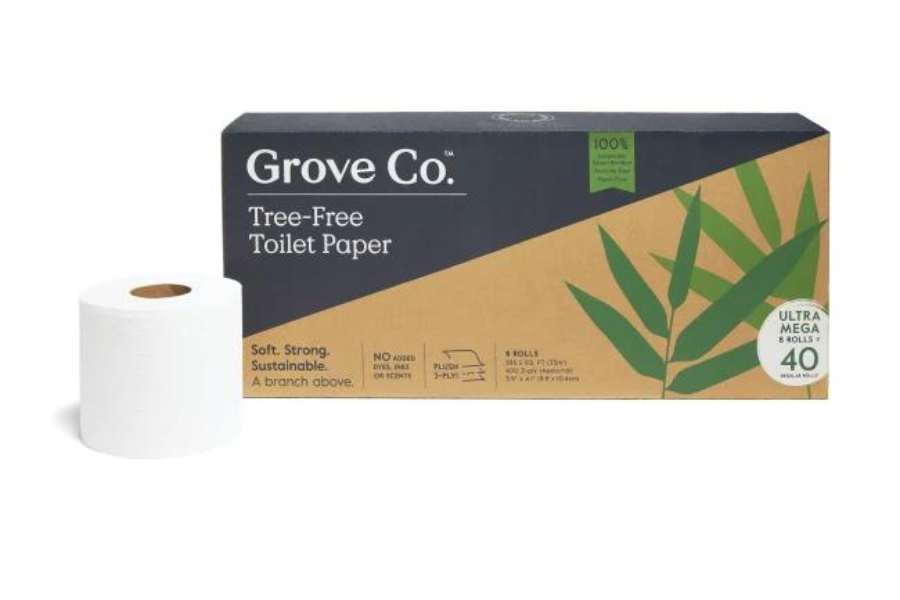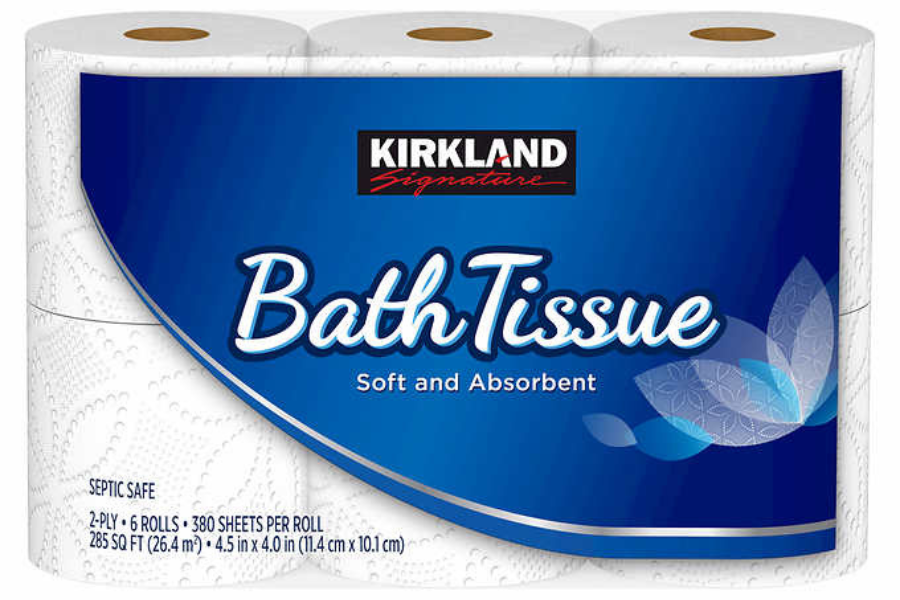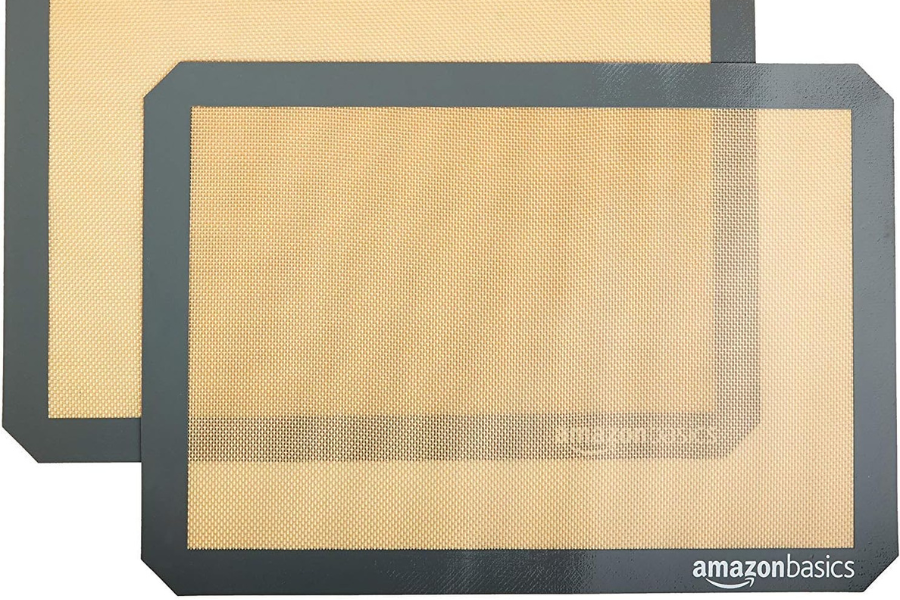Looking for how to make changes in your everyday life that will help with Global Warming? Are you too broke to make the change? Read this article to find a solution.
In my opinion, the average person does not have a lot of money to spare, does not have a lot of free time, and is stressed out. I fall into that category and I am going to help you, the average person, see how a few small changes can help prevent climate change and save the world.
There is this idea of “I am one person, what I do will not make a difference”. That is the mindset I am fighting. Other examples are, “How does my buying toilet paper, made from bamboo, save the planet?” or the one that bothers me the most, “My toilet paper breaks down, it’s sustainable”.
LET’S MAKE SUSTAINABLE CHANGES
Everything you purchase supports that company and its practices.
Think of this like a vote, you are voting for the continuation of that product. This money supports the materials, manufacturing, and policies of that company. When I buy something sustainable, I am casting a vote of support. This in turn means the company can continue to make their product and eventually drive the cost down. Next time you are grocery shopping, think about what you are supporting. For example, the difference between these two sponges:
The Trader Joe’s Sponge is all plant-based and compostable. It costs around $8.50 for the 12 sponges or about $0.71 per sponge. The Scotch-Brite sponge 21-pack is selling for around $18.00 on Amazon.com making each sponge around $0.86. I also could not find what the sponges are made of but Scotch-Brite has listed that the scrubbing fibers are made from recycled materials. Also important to note, the Trader Joe’s Pop-up Sponges are in a single plastic container, and the Scotch-Brite Sponges are individually wrapped and then plastic wrapped together. This makes it more cost-effective to make a small sustainable change.
Remember: every time you buy a sustainable product, that money is not supporting a company with harmful ingredients or unsustainable practices.
Just because something is compostable (like toilet paper) does not mean it is sustainable
It’s important to look at the bigger picture, buying something labeled compostable, does not mean it’s sustainable. Think about how commercialized toilet paper or paper towels come, it’s in a plastic bag. You can buy in bulk to lessen the plastic blow, but toilet paper and paper towels are made from trees. Trees are not a fast renewable resource, they can be planted but it takes 10-40 years for a tree to be fully grown, and it takes a lot of water and nutrients. The average person in the United States uses 85 rolls of Toilet Paper a year and one tree produces about 200 rolls of toilet paper. That means one person uses about 3/4 of a tree a year to wipe.
For comparison, bamboo is fully mature and ready to be harvested in three years. Bamboo can also be harvested for up to fifty years without needing to be replanted. Bamboo is great for removing carbon from the air and utilizes fewer nutrients than a tree. Click HERE to learn more about Bamboo.
Let’s practice comparing products.
Starting with Caboo Bamboo Bath Tissue. The rolls are made from bamboo and sugar cane. The package contains 16 double rolls of 2-ply toilet paper. The package costs about $46.00 at Walmart, making each roll about $2.88. These rolls come in a plastic bag.
The next Toilet paper to compare is Grove Co. Tree Free toilet paper. The rolls are made from nonpanda food bamboo and are 3 ply. The cost for a 24- megaroll box is about $27.00 making the cost per roll about $1.13. Packaging for the Grove Co. toilet paper is a cardboard box, which can be repurposed, composted, or recycled.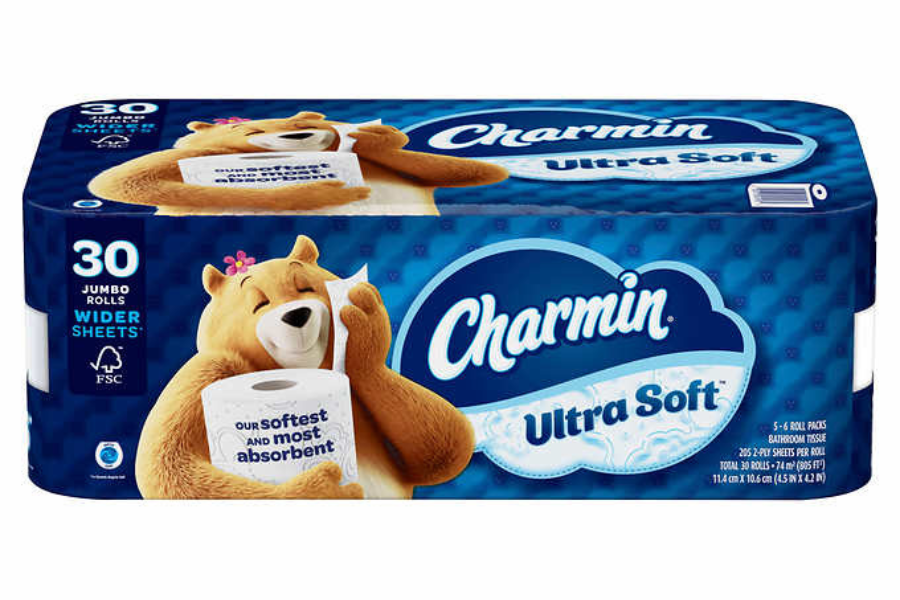
Charmin Ultrasoft Toilet Paper rolls are made from trees and have no recycled content. The package above is 30 regular rolls of 2-ply. The package costs about $30.00 at Costco making each roll costs about $1.00. Charmin packaging is there are plastic wrapped packages inside the big plastic wrapped package. Charmin does plant two trees for every tree they use.
The last toilet paper to compare is Kirkland Signature Bath Tissue. This tissue can be found at Costco in a 30-roll package of 2-ply. It costs about $24.00 making each roll about $0.80. I can find no mention of sustainability initiatives with this toilet paper and I must conclude this paper is made from trees with no recycled content. Packaging is similar to Charmin Ultra Soft with plastic-wrapped packages within a plastic-wrapped package.
Choosing to use toilet paper made from bamboo, a more renewable resource than a tree, or investing in a bidet to reduce your toilet paper consumption is a small but impactful change. Think of how many trees you are saving, and if you get the bidet, how much money you are saving on toilet paper. Even so, this might not be a cost-effective sustainable change for you, but looking at how much you are using and having an appreciation for the ingredients, looking at the packaging, and looking at the company all help to make the best decision for your budget.
BONUS: If you are ready to try a Bidet, look HERE for a comparable list with price ranges from $35.00 to $462.00.
There is another mindset to contest with, “It’s recyclable”.
In almost all cases for the United States, the response should be “No it’s not.” Just because something is labeled as recyclable does not mean it will be. The U.S. requires your recyclables to be clean and dry (meaning you have to clean and dry the item), labels removed, and that nothing in your recycling bin is contaminated. If something is in your recycling bin that is not recyclable in your area or is not properly cleaned, then everything gets thrown in the garbage. By chance the items are recyclable and get processed, there needs to be a company that will buy the recycled materials.
Instead of using recyclability as a sustainable excuse, try buying reusable items when you can. For example, when shopping have reusable bags, get reusable Ziplock bags (Ziplock’s are technologically recyclable) and remember that it will save you some money as well.
Let us compare a recyclable item to a reusable item.
On top, we have a reusable, nonstick baking mat (2-pack) that goes for about $14.50 on Amazon. It can be used over and over again. On the bottom, we have Aluminum Foil (about $6.60 at Kroger) that can be recycled if you wash it (it has to be completely clean and dry) and collect enough to make a ball. Most people are not going to wash the foil or try to recycle it. If you use foil to line your pans, I would invest in the baking mats. If you would like to learn more about aluminum recycling, click HERE.
This is an easy sustainable change to make as the investment in mats will pay for itself in time.
This can also apply to items like reusable storage bags, shopping bags, ETC.
If you take nothing else from this article, remember that the Zero-waste movement is standing on the idea that a lot of people making one or two small changes is better than a few people making a lot of changes. Be aware of what you are buying/supporting and look for a sustainable replacement. Not everyone can afford to replace everything, but do what you can.
Do you need to buy a Sustainable Gift? Check out Average Sustainability’s 15 Sustainable Gifts for the Average Person

